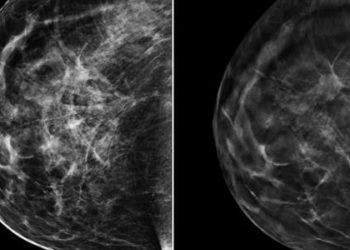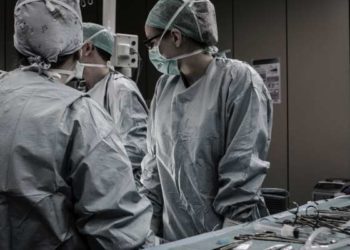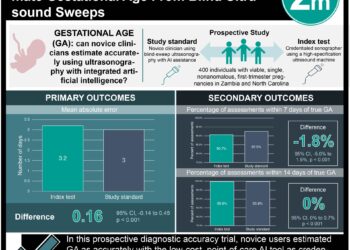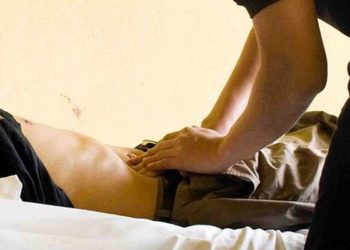Increased ultrasound utilization in the diagnosis of acute appendicitis in children
1. In a retrospective review of over 96 000 children with acute appendicitis, there was a significant decrease in the utilization of computed tomography (CT) and a corresponding increase in ultrasound from 2005 to 2014.
2. Imaging costs for appendicitis have remained relatively constant over this period, while the proportion of hospital costs related to radiology have significantly decreased.
Evidence Rating Level: 3 (Average)
Study Rundown: Although CT is the most sensitive and specific imaging study for the evaluation of suspected acute appendicitis, ultrasound is the recommended modality for the initial evaluation in the pediatric population as it is noninvasive, lacks ionizing radiation, has a short acquisition time, and can potentially diagnose other causes of acute abdominal pain. The purpose of this retrospective study was to describe the imaging trends in pediatric cases of acute appendicitis over a ten-year period and its effect on overall hospital costs. At the conclusion of the study, there was a significant decrease in the utilization of CT and radiographs and an increase in the use of ultrasound. Overall, the total costs of appendicitis care significantly increased, however, the specific costs associated with imaging remained decreased. A significant limitation of this study is the use of only stand-alone pediatric hospitals, which may have a different demographic and economic structure than other care centers. Additionally, all information was gathered from administrative databases and therefore is based on the heterogeneous charting practices of individual hospitals and carries the bias of coding practices at different hospitals to maximize reimbursement.
Click to read the study in JACR
Relevant Reading: ACR appropriateness criteria right lower quadrant pain – suspected appendicitis
In-Depth [retrospective cohort]: Reseachers used the Pediatric Health Information System (PHIS) administrative database to analyze data from 45 children’s hospitals in the U.S. from 2005 to 2014. Inclusion criteria were patients younger than 19 years of age discharged from a PHIS hospital with a primary diagnosis of acute appendicitis. Demographic, outcome, imaging utilization, and imaging and hospital cost data was obtained from each patient and analyzed using linear regression, analysis of variance, and frequency calculations. Overall, 96,786 children (mean age of 9.9 years) were diagnosed with appendicitis within the database from 2005 to 2014. Within this group, 4881 cases were excluded due to incomplete information. The average length of stay decreased from 5.0 days in 2005 to 3.4 days in 2014 (r2 = 0.85; p < 0.02). Ultrasound and MRI were correlated with length of stays less than 3.0 days, while CT and radiograph diagnosis were associated with length of stays over 4.0 days (p<0.01). CT utilization initially increased from 59.1% to 62.6% from 2005 to 2007, but decreased to 32.7% in 2014 for a total 62% decline (r2 = 0.93; p < 0.01). Radiograph utilization decreased from 14.2% to 3.63% (r2 = 0.93, p < 0.01) from 2005 to 2014. Ultrasound utilization increased from 24.8% in 2005 to 60.6% in 2014 (r2 = 0.97; p < 0.01), and MRI utilization increased from 0.03% to 0.99% (r2 = 0.64, p < 0.05) in the same study period. From 2005 to 2014, mean total costs increased from $11 700 to $16 500, while imaging costs increased only from $3205 to $3259. The proportion of total costs related to radiology decreased from 27.5% to 19.8%.
Image: PD
©2017 2 Minute Medicine, Inc. All rights reserved. No works may be reproduced without expressed written consent from 2 Minute Medicine, Inc. Inquire about licensing here. No article should be construed as medical advice and is not intended as such by the authors or by 2 Minute Medicine, Inc.







